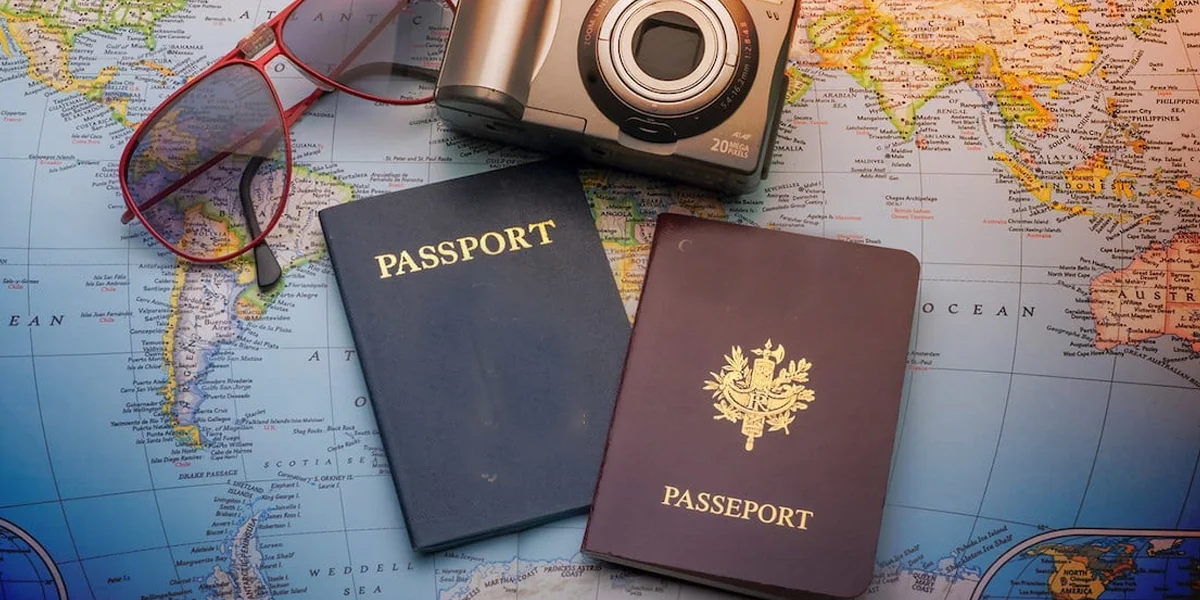
By, Gokite Tour
- 1.1k Views
- 5 Min Read
- (0) Comment
Different Types of Philippines Travel Visas Explained
The Philippines, an archipelago of more than 7,000 islands, is a dream destination for many travelers worldwide. Known for its white-sand beaches, crystal-clear waters, lush mountains, and vibrant culture, the country offers endless opportunities for exploration and relaxation. Whether you’re planning a leisurely vacation, a business trip, or an extended stay with family or friends, understanding the Types of Philippines Travel Visas is crucial to ensure a smooth entry into this tropical paradise.
In this guide, we’ll provide a comprehensive explanation of the Types of Philippines Travel Visas to help you choose the right one for your needs. You’ll also discover which Philippines visa is easiest to get, along with answers to common questions like how many visa types are there in the Philippines. Let’s dive in!
Types of Philippines Travel Visas
1. Tourist Visa (9A)
The Tourist Visa is the most common visa category for those visiting the Philippines for leisure or tourism purposes. It allows foreign nationals to stay in the country for a short period, generally 30 days, but can be extended up to 59 days initially and then longer through the Bureau of Immigration.
This is also the ideal choice if you’re wondering which Philippines visa is easiest to get, as Tourist Visas are usually straightforward to obtain with basic documentation such as passport, return ticket, proof of accommodation, and proof of financial capability.
2. Business Visa (9A)
For individuals traveling to the Philippines for business-related activities—such as attending conferences, exploring investment opportunities, or participating in trade negotiations—the Business Visa is suitable. Like the Tourist Visa, it is a non-immigrant visa and does not permit employment.
Applicants must provide an invitation letter from a Philippine-based company and details of their business activities in the country.
3. Transit Visa (9B)
A Transit Visa is issued to travelers who are transiting through the Philippines on their way to another destination. It typically allows a stay of up to 72 hours.
This type of visa is ideal for those with layovers in the Philippines but not intending to stay long in the country.
4. Student Visa (9F)
Foreign nationals accepted by accredited Philippine educational institutions can apply for a Student Visa. This allows them to pursue degree programs or special courses in the country.
Applicants must submit proof of enrollment, a letter of acceptance, and financial documents to support their stay.
5. Special Resident Retiree’s Visa (SRRV)
For retirees looking to live in the Philippines, the SRRV is an attractive option. It offers permanent residency status with multiple entry privileges and exemptions from certain taxes.
One of the easiest long-term visas to obtain for retirees, it requires proof of pension and a time deposit in a Philippine bank.
6. Quota Immigrant Visa (13)
The Quota Immigrant Visa allows limited annual issuance to highly qualified applicants based on certain criteria, such as professional skills, financial capability, or special qualifications. It grants permanent residency.
This visa type is not the easiest to obtain due to the limited number of annual slots and strict eligibility requirements.
7. Non-Quota Immigrant Visas (13A, 13B, 13C, etc.)
These visas are granted based on specific circumstances, such as marriage to a Philippine citizen (13A), or for children born to Filipino parents.
They provide permanent resident status and are ideal for those with close family ties in the Philippines.
8. Special Investor’s Resident Visa (SIRV)
This visa is available to foreign nationals investing at least USD 75,000 in a Philippine business. It grants indefinite stay privileges as long as the investment is maintained.
The SIRV encourages foreign investment and provides a pathway for long-term residence.
9. Employment Visa (9G)
Foreign nationals offered employment in the Philippines can apply for a 9G visa. The sponsoring employer must provide documentation proving that no local workers are available for the job.
It is a non-immigrant visa and is renewable for as long as the employment contract remains valid.
How Many Visa Types Are There in the Philippines?
When considering how many visa types are there in the Philippines, it’s important to note that the country offers a wide array of visa categories, including Tourist, Business, Transit, Student, various Immigrant and Non-Immigrant visas, Special Investor and Retiree visas, and Employment visas.
The availability of multiple visa options ensures that travelers of all backgrounds—tourists, students, retirees, investors, employees, and families—can find a suitable visa category to match their purpose of travel.
Which Philippines Visa is Easiest to Get?
Many prospective visitors ask: which Philippines visa is easiest to get? The answer largely depends on your purpose of travel. Generally, the Tourist Visa (9A) is the simplest and quickest to obtain, especially for citizens of countries with visa waiver agreements.
Applicants only need basic documents like a valid passport, proof of return travel, and accommodation details. It’s the go-to choice for short-term leisure visits.
FAQ
1. Do I need a visa to visit the Philippines?
It depends on your nationality. Citizens of many countries can enter the Philippines visa-free for short stays, typically up to 30 days. Others will need to apply for a Tourist Visa in advance.
2. Can I extend my Tourist Visa in the Philippines?
Yes. Tourist Visas can be extended initially up to 59 days and then further through the Bureau of Immigration, allowing longer stays.
3. Is it possible to work in the Philippines with a Tourist Visa?
No. Employment is strictly prohibited on a Tourist Visa. You must apply for a 9G Employment Visa if you intend to work in the Philippines.
4. How long does it take to process a Philippines Tourist Visa?
Processing times can vary by consulate but typically range from 5 to 10 working days.
5. How can I apply for an SRRV (Retiree Visa)?
Applications are processed by the Philippine Retirement Authority. Requirements include proof of pension, a deposit in a local bank, and health insurance.
Most Popular International Visas for Omanis
Albania Visa | Argentina Visa | Australia Visa | Austria Visa | Azerbaijan visa | Bahamas Visa | Bahrain visa | Bangladesh visa | Bosnia Visa | Brazil Visa | Brunei Visa | Cambodia visa | Cameroon visa | Canada Visa | Chile visa | China Visa | Colombia Visa | Croatia Visa | Cyprus visa | Czech republic visa
How to Apply visa for other countries
Denmark visa | Egypt visa | Ethiopia Visa | France visa | Germany visa | Greece visa | Hong Kong Visa | Hungary visa | India visa | Indonesia Visa | Ireland visa | Italy Visa | Japan visa | Jordan visa | Kazakhstan visa | Kenya visa | Kuwait Visa | Madagascar visa | Malaysia visa | Malta Visa
Recommended Read: Complete Visa Information for Philippines Travellers





Leave a comment:
You must be logged in to post a comment.